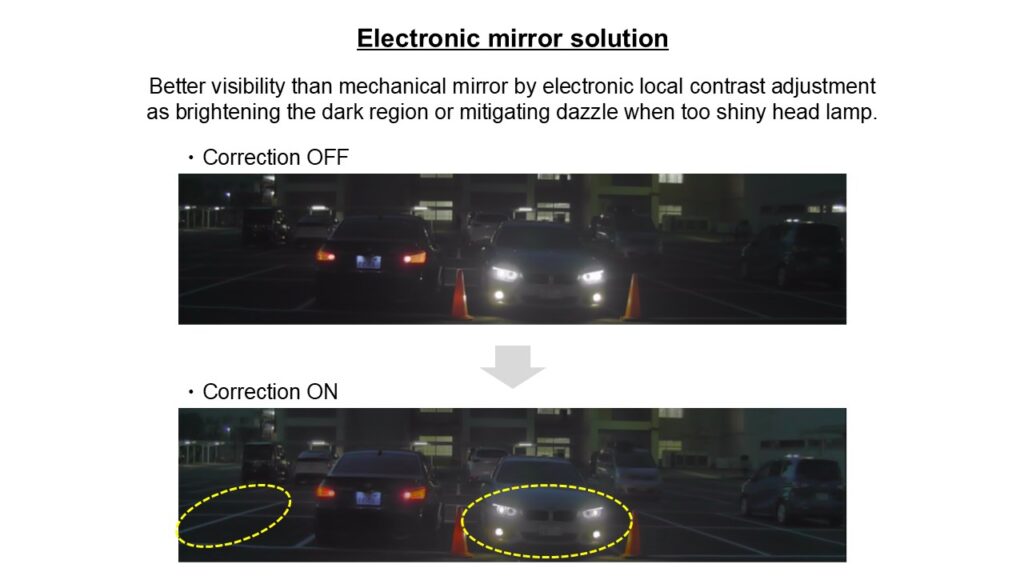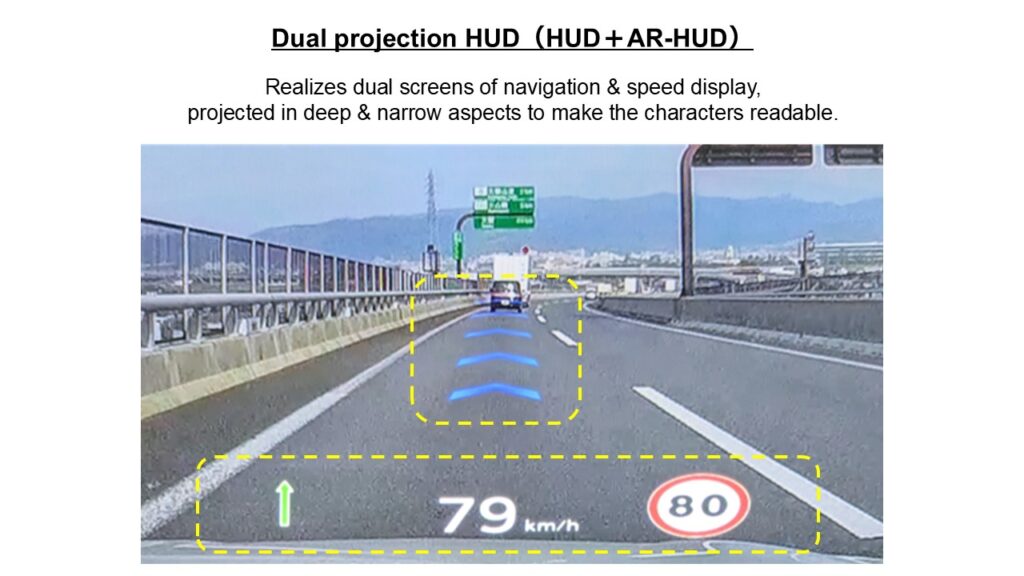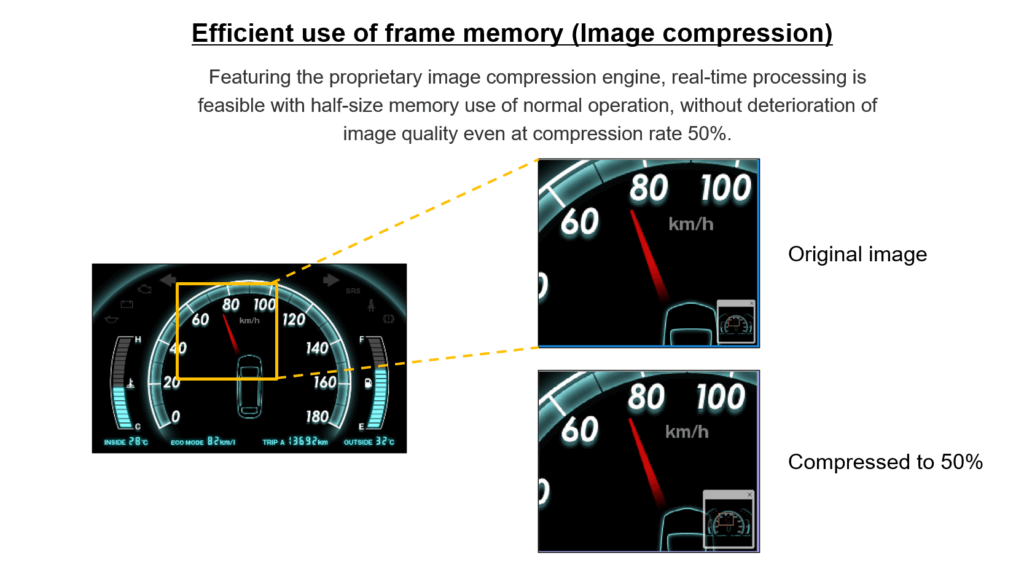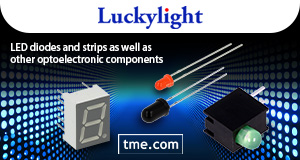~ Enhancing the safety and comfort on vehicles by a variety of image processing technology and advanced security functions. ~
Nuvoton Releases 4th Generation of “GerdaTM,” the Automotive HMI Display IC Series in 3 Variants
Kyoto, Japan, May 20, 2025 – Nuvoton Technology Corporation Japan (NTCJ) will start a series production of automotive
HMI [1] display IC “GerdaTM“, 4th generation, which are 3 types (Gerda-4M/ Gerda-4L/ Gerda-4C).
This lineup features image processing technology, security, and display safety functions for the various HMI devices which are progressing under expectation to support the higher level of safety requirement. And it contributes to realizing the HMI solutions which enhance vehicle safety and comfort.
Achievements:
1. By producing the high visibility of interior display utilities such as electronic mirrors, AR-HUD [2], and cluster meters, “GerdaTM” assists comfort and fatigue-resistant safe driving by system.
2. By high-speed and large capacity memory built in “GerdaTM” allows customers to develop the high-functional HMI systems with advanced display capability without external memory at reasonable cost in system.
3. “GerdaTM” features OTA (Over-The-Air software updating) and secure boot functions, and contributes to the safe and comfort systems by mitigating the risks of on-vehicle cyber security and supporting the functional safety level ASIL-B.
Product details:
https://nuvoton.co.jp/semi-spt/apl/rd/?id=1100-0004
In response to changing needs for safety, comfort and strengthening safety regulations in each country, the automotive industry is moving toward the introduction of safe driving support systems. Accordingly, HMI devices (Human Machine Interfaces), which are responsible for communication between drivers and each device, are required to display information in a way that drivers can visually recognize quickly and accurately. In addition, multi-functionality is also progressing through network connections.
However, there is a demand for these advanced devices to be installed in a wide range of vehicles, including relatively low-cost vehicles such as motorcycles and small mobility vehicles, the challenge is to balance cost with increased functionality and high security measures.
Toward realization of the social needs and resolution of the issues, NTCJ developed the 3 types of 4th generation of HMI display IC “GerdaTM” series which is equipped with a wide range of image processing technologies and advanced security functions and has started its mass production.
We are aiming to propose driving in better safety and comfort, and exploring the future of the automotive industry.
Features:
- Refined visibility and comfort of HMI equipment is realized with unique image processing engine.
Our video processing technology is ideal for electronic mirrors, AR-HUDs, and cluster meters, which are becoming widely spread due to digitization of equipment installed in cars, to create a safe and comfortable driving environment.
– Features for electronic mirrors
With Gerda-4M, it is possible to improve the visibility by adjusting the picture contrast locally, in response to the brightness distribution by area (“local contrast” function [3]), can be achieved with low-latency processing of 1 frame.

– Features for AR-HUD
It is essential with AR-HUD that the display naturally kept shown in the driver’s eyesight by harmonizing the displayed
contents to the windshield shape.
For this, displaying image needs to be projected in low latency, and flexible deformed to fit the windshield. Our image
warping engine allows free deformation to fit the screen at lower latency than 1 frame. And it supports “dual projection
HUD” with single chip, which both 2 images are projected in near and far focuses.

– Features for cluster meters
It is essential with cluster-meter that multiple assisting information is conducted to drivers accurately and intuitively. And its design needs to flexibly match the interior. Nuvoton’s GerdaTM has 2.5D GFX[4] engine which allows customers to design the screen with cubic effects like depth and shades added to the design by 2D objects. It provides the display with higher visibility and contributes to the accurate decision of drivers. And by combination with the image compression engine, displaying images at as high resolution as WXGA@60FPS which enables the higher-grade cockpit design.
- Multi-functional HMI system is realized at reduced system cost with built-in high speed/ large size memory.
In general, construction of high-performance HMI systems requires external memories on the system. Nuvoton’s lineup of
Gen.4 is embedded with the memory of high speed and large capacity, which makes external memory unnecessary, and
contributes to reduce the component counts and system cost. And Gerda-4L has built-in the dedicated image compression
engine which enables the real-time processing at half memory usage than normal use, and it realizes high resolution image
display as WXGA@60FPS only with the built-in memory.

- Supporting Functional Safety ASIL-B, and contributing to the risk mitigation of vehicle cyber security
Gen.4 GerdaTM features the display safety functions as video signal monitoring, alert display monitoring etc., and contributes to realize the system of Functional Safety ASIL-B by supporting the functions as fail-safe, real-time monitoring. And the built-in HSM[5] which supports EVITA-Full achieves the software update via network (OTA) and secure boot, which allows only trusted software to boot up. It helps to mitigate the risk of vehicle cyber security.
NTCJ is the first Japanese company which has been certified with TÜV process of ISO/SAE21434 and continues improvement of cyber security at supply chain and its reliability.
Applications:
Car cluster meters, motorcycle cluster meters, electronic mirrors, HUD, HVAC, etc.
Product name:
Gerda-4M (KM2KSZ1xx series)
Gerda-4L (KM2KSD4xx series)
Gerda-4C (KM2KSZ2xx series)
Specification:
| Item | Gerda-4M (KM2KSZ1xx series) | Gerda-4L (KM2KSD4xx series) | Gerda-4C (KM2KSZ2xx series) | |
| General | Package (Size) | HQFP 216pins 24mm* | HQFP 216pins 24mm* HQFP 256pins 28mm* | LQFP 100pins 12mm* LQFP 128pins 14mm* LQFP 144pins 20mm* |
| ASIL | ASIL-B *Option | ASIL-B *Option | ASIL-B *Option | |
| Security | Yes *Option | Yes *Option | Yes *Option | |
| Recommended resolutions | 1920×480 | WXGA 1280×800 | WVGA 800×480 | |
| Video input (with pin mux.) | DRGB/REC656/Analog CVBS | DRGB/REC656/Analog CVBS | (128/144 pins) DRGB/REC656/Analog CVBS | |
| MIPI-DPHY | 1xCSI2 4lane | 1xCSI2 4lane | – | |
| Video output | DRGB | DRGB | DRGB | |
| LVDS IF | 2x4Lane or 1x4Lane | 1x4Lane | 1x4Lane | |
| Graphics | Engine | 2.5D | 2.5D Dual | 2.5D |
| Built-in Memory | Embedded RAM | 8MB or 10MB | 5MB or 6MB (Logical 10/12MB) | 3.5MB |
| Efficient use of frame memory | Image compression (RAM) | – | Yes | – |
| Texture compression (ROM) | Yes | Yes | Yes | |
| CPU | CPU Config | ARM Cortex-M7 | ARM Cortex-M7 | ARM Cortex-M33 |
| Flash IF | Qspi-NOR | Yes | Yes | Yes |
| RAM IF | SDRAM | – | (256pins) Yes | – |
| HyperRAM 2.0 | – | – | (144pins) Yes | |
| Communication IF | Ethernet | Ethernet MAC *Option | Ethernet MAC *Option | (144pins) Ethernet MAC |
| Serial | I2C/SSP/UART | I2C/SSP/UART | I2C/SSP/UART | |
| USB | USB HS | USB HS | – | |
| CAN | 2ch (CAN-FD) *Option | 2ch (CAN-FD) *Option | 3ch (CAN-FD) *Option | |
| Audio | PWM OUT | Audio DAC (PWM) | Audio DAC (PWM) | Audio DAC (PWM) |
Package image:
Gerda-4M Gerda-4L Gerda-4C
Start of mass production: May 2025
Definitions:
[1] HMI:
Abbreviation of “Human Machine Interface”. It means the methods or devices for humans and machines to exchange information.
[2] HUD/ AR-HUD:
“HUD” is an abbreviation of “Head-Up Display”, and “AR-HUD” is an abbreviation of “Augmented Reality Head-Up Display” which means the system to project AR graphics such as navigation, ADAS information, etc. onto the windshield by overlaying to the actual scenery the driver is looking at.
[3] Local contrast function:
The function to improve the image visibility by dividing the image into multiple areas and adjust each contrast locally in accordance with the local distribution of brightness.
[4] 2.5D GFX:
Technology to allow users with free deformation of two-dimensional (2D) textures like three-dimensional (3D) objects with realization of smooth lines and color gradations after deformation, and to draw the graceful graphics with sense of depth.
[5] HSM:
Stands for “Hardware Security Module” which means the dedicated module to preservation and processing of encryption keys.












